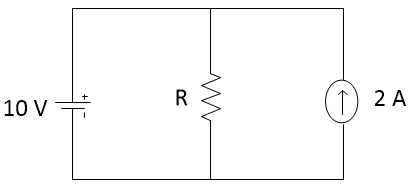When neutral disconnected Lamp are in series connection,
So, for series connection current is same for both Lamp,
Resistance of Lamp (L1) = (230)²/P
= (230)²/100
= 529 ohm
Resistance of lamp (L2) = (230)²/150
= 352.67 ohm
So, current through the lamp = E/(R1 + R2)
= 400/(529 + 352.67)
= 0.454 A
Voltage across lamp (L1) = I*R1
= 0.454*352.67
= 160.11 V
